What is conjugated bilirubin?
.png?v=1674564731647)
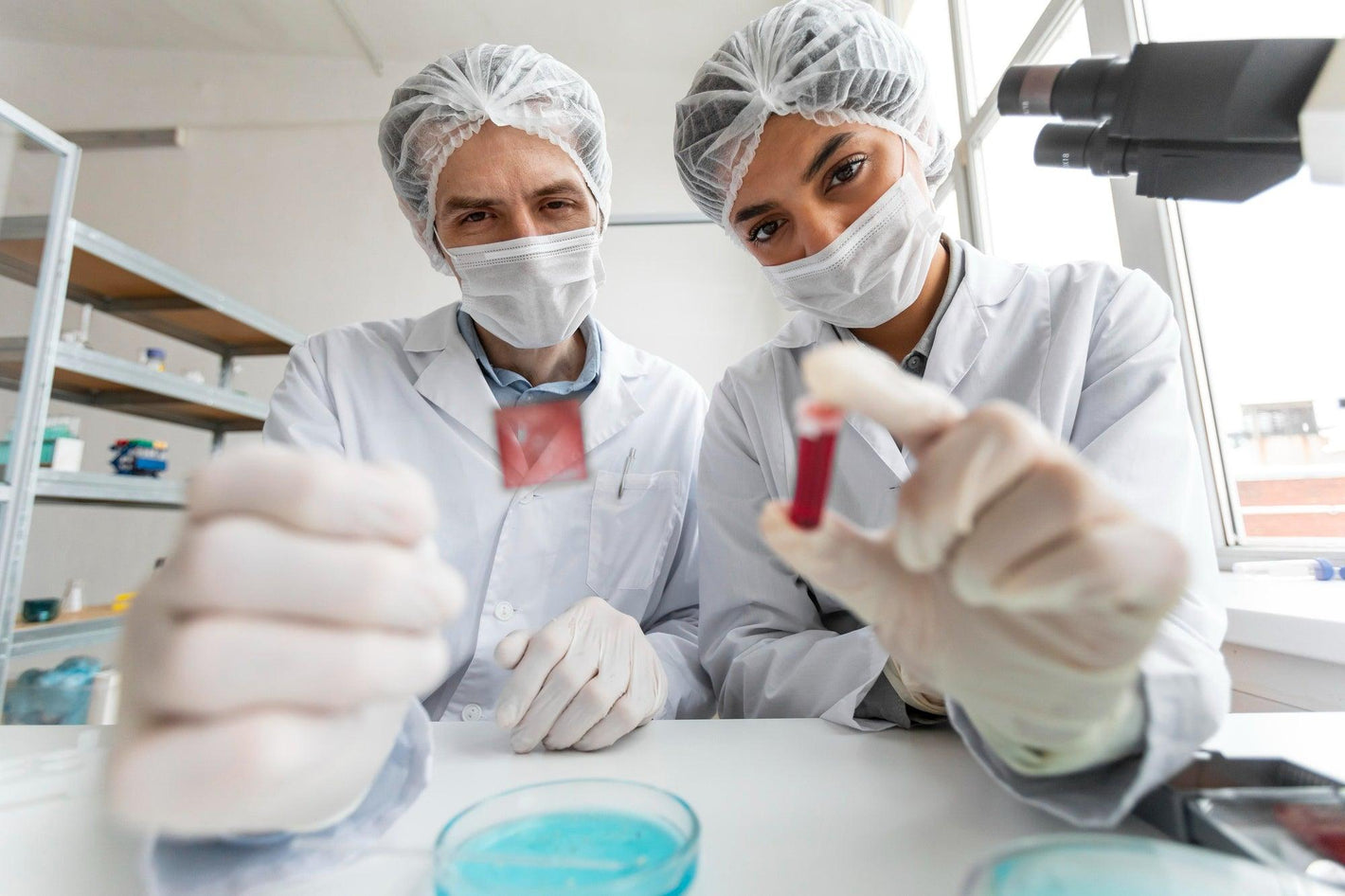
Related products
Conjugated bilirubin, also called direct bilirubin, is a water-soluble substance formed in the liver through the conjugation of unconjugated bilirubin with glucuronic acid. This process allows bilirubin to be safely transported in bile and eliminated through the intestines or, when needed, excreted in urine. The transformation from a fat-soluble, potentially toxic form to a water-soluble, non-toxic one is critical for maintaining the body’s waste removal and detoxification systems.
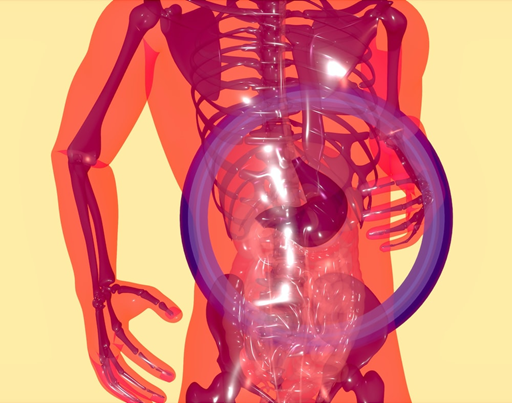
Bilirubin is produced from the natural breakdown of haemoglobin in red blood cells. Once processed by the liver, conjugated bilirubin travels via bile ducts into the digestive tract and is ultimately excreted. When this process is disrupted—whether due to liver dysfunction, bile duct blockage, or other disease states—conjugated bilirubin may accumulate in the blood, leading to jaundice and other clinical concerns.
Monitoring conjugated bilirubin levels can be crucial in early detection of hepatic or biliary disorders. At-home solutions now make this easier than ever; the Bilirubin Blood Test from Welzo enables individuals to check their bilirubin levels efficiently and privately, helping to detect liver or bile-related complications early.
To explore the full range of accessible, clinical-grade home blood testing services, visit Welzo’s Home Blood Test main page, offering a wide variety of diagnostic kits suited for liver health, metabolism, and general wellness—all from the comfort of home.
Difference Between Conjugated and Unconjugated Bilirubin
Bilirubin circulates in two primary forms: unconjugated (indirect) and conjugated (direct). Unconjugated bilirubin is initially produced in the spleen during the degradation of red blood cells and is not water-soluble. It binds to albumin to travel to the liver, where it's transformed into its conjugated counterpart through enzymatic activity. Once conjugated, the bilirubin becomes water-soluble, allowing it to pass into the bile and be excreted into the digestive tract.
The clinical difference between the two lies in their behaviour during diagnostic testing. Conjugated bilirubin reacts directly with reagents in a test tube—hence the term "direct"—while unconjugated bilirubin only reacts when alcohol is added. This distinction allows laboratories to determine whether high bilirubin levels are due to overproduction, poor liver conjugation, or bile obstruction.
Understanding this balance is key to diagnosing liver conditions such as Gilbert’s syndrome, Crigler-Najjar syndrome, or hepatocellular injury. If you're experiencing symptoms like fatigue, weight changes, or skin discolouration, assessing your broader endocrine and metabolic profile may be beneficial. The Free Testosterone Blood Test is especially relevant for men, as testosterone deficiencies can influence liver function, fat distribution, and overall health status.
Read more: What is the highest bilirubin level?
What Causes High Conjugated Bilirubin?
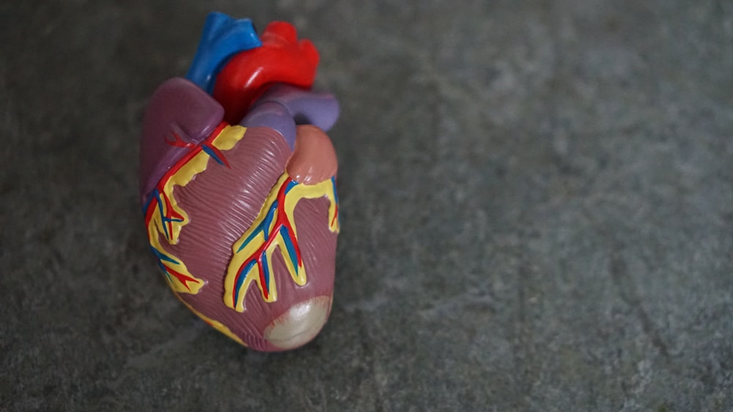
Conjugated hyperbilirubinaemia occurs when bilirubin is processed by the liver but cannot be effectively excreted. The causes typically involve hepatic injury or obstructions within the biliary system. Some of the most frequent contributors include:
-
Hepatocellular injury: From viral hepatitis, drug-induced liver damage, or autoimmune hepatitis.
-
Bile duct obstruction: Due to gallstones, tumours, or strictures compressing the ducts.
-
Cholestasis: A condition in which bile flow is impaired within the liver, often due to medication, pregnancy, or hormonal imbalances.
-
Infectious causes and systemic illness: Sepsis, bacterial infections, and inflammation may indirectly lead to bilirubin build-up.
Certain hormonal disorders or stress-related imbalances may also contribute to liver function impairment. Cortisol, the stress hormone, can influence bile secretion and metabolic activity. Testing your cortisol levels using the Cortisol Blood Test can provide insight into your adrenal function and its downstream impact on liver metabolism.
Symptoms and Effects of High Conjugated Bilirubin
The clinical manifestations of high conjugated bilirubin stem primarily from its accumulation in tissues and inability to be excreted normally. The following are key symptoms and their underlying physiological mechanisms:
-
Jaundice: A yellowish tint to the skin and eyes due to bilirubin build-up.
-
Dark-coloured urine: Caused by the water-soluble nature of conjugated bilirubin excreted by the kidneys.
-
Pale stools: Due to absence of bile pigments reaching the intestines.
-
Itching: Bile salts accumulating under the skin may cause intense pruritus.
-
Abdominal pain: Particularly in the upper right quadrant, indicating liver or gallbladder involvement.
These symptoms are not exclusive to hyperbilirubinaemia, so a thorough investigation is often warranted. In females, hormonal changes around reproductive health can also affect liver enzyme function and bilirubin metabolism. The AMH Blood Test offers valuable information about ovarian reserve and hormone balance, which may correlate with unexplained fatigue or menstrual irregularities linked to liver stress.
Diagnostic Tools for Identifying Conjugated Hyperbilirubinaemia
Comprehensive diagnosis involves both blood and imaging tests, depending on the suspected underlying condition. The tools used include:
-
Liver Function Tests (LFTs): Including total and direct bilirubin, ALT, AST, ALP, and GGT.
-
Complete Blood Count (CBC): May show signs of anaemia, infection, or thrombocytopenia.
-
Ultrasound and MRCP: Help visualise bile ducts and liver structure.
-
ERCP: Allows both visualisation and intervention in bile duct obstructions.
-
PTC: A useful alternative when ERCP is not feasible.
Another increasingly relevant diagnostic approach includes checking thyroid-related liver impacts. Thyroid hormone imbalances can slow metabolism and impair bilirubin clearance. If suspected, the Advanced Thyroid Function Blood Test can help identify whether thyroid disease is contributing to abnormal liver function and bilirubin levels.
Treatment and Management of Elevated Conjugated Bilirubin
Managing elevated conjugated bilirubin focuses on resolving the underlying cause of hepatic or biliary dysfunction. Depending on the diagnosis, treatment may include:
-
Surgery or stenting for biliary obstructions
-
Antiviral or anti-inflammatory medications for hepatitis and autoimmune liver diseases
-
Lifestyle modifications like reducing alcohol and avoiding hepatotoxic drugs
-
Supportive treatment such as hydration, vitamin supplementation, and enzyme management
Diet and cholesterol levels can also impact liver and gallbladder health. High cholesterol may contribute to gallstone formation, obstructing bile flow. The Cholesterol Blood Test is a useful tool to evaluate cardiovascular and hepatobiliary risk factors simultaneously.
Additional Conditions That Influence Bilirubin Metabolism

Several broader metabolic and endocrine conditions can influence bilirubin clearance, indirectly affecting liver function. These include:
-
Polycystic ovary syndrome (PCOS)
-
Metabolic syndrome and insulin resistance
-
Nutritional deficiencies such as vitamin B12 or folate
-
Stress-induced immune dysregulation
Dietary intolerance or inflammation from food sensitivities may contribute to metabolic stress, which indirectly impacts liver performance. The All Nutrition and Intolerance Tests Collection provides insights into how your body responds to specific foods and nutrients—ideal for individuals with chronic inflammation or digestive issues.
In more fitness-focused cases, athletes or those engaged in intense training may experience transient rises in bilirubin due to haemolysis and metabolic stress. Welzo’s Sports Performance Tests Collection includes panels to monitor recovery, liver enzymes, and metabolic stress markers in active individuals.
Conclusion: The Importance of Monitoring Conjugated Bilirubin
Understanding and monitoring conjugated bilirubin levels offers vital insights into your liver’s health and the efficiency of your body’s waste elimination systems. When conjugated bilirubin builds up in the bloodstream, it’s not just a symptom—it’s a warning sign. Conditions such as bile duct obstruction, hepatitis, cholestasis, and metabolic syndromes must be taken seriously, as they can compromise not only liver function but your overall health.
Fortunately, advancements in diagnostics now make it easier than ever to monitor your bilirubin and related markers from home. Tools like the Bilirubin Blood Test, along with wider wellness screening options on the All Health Tests Collection, empower you to detect problems early and act before complications arise.
For those managing complex health profiles or concerned about more specific conditions such as reproductive health, gut function, or metabolic balance, Welzo’s testing platform offers dedicated panels to support your journey. Liver health is not isolated—it's interconnected with hormones, diet, inflammation, and even psychological stress.
Take control of your health with precision, convenience, and professional support. Start by visiting Welzo’s Home Blood Test page, where you’ll find the tools you need to make informed decisions and live better every day.
Read more: What is a urinary bilirubin test?













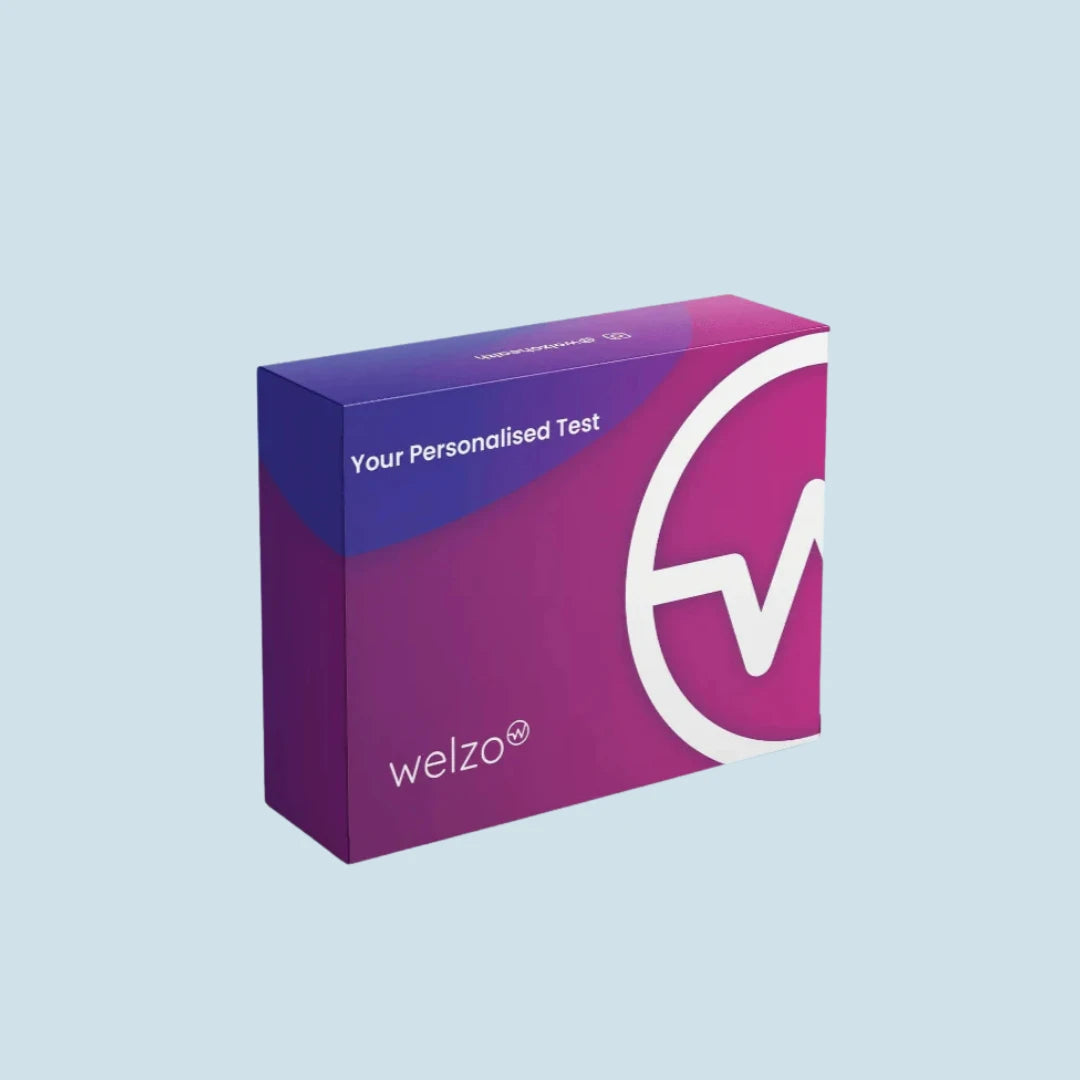
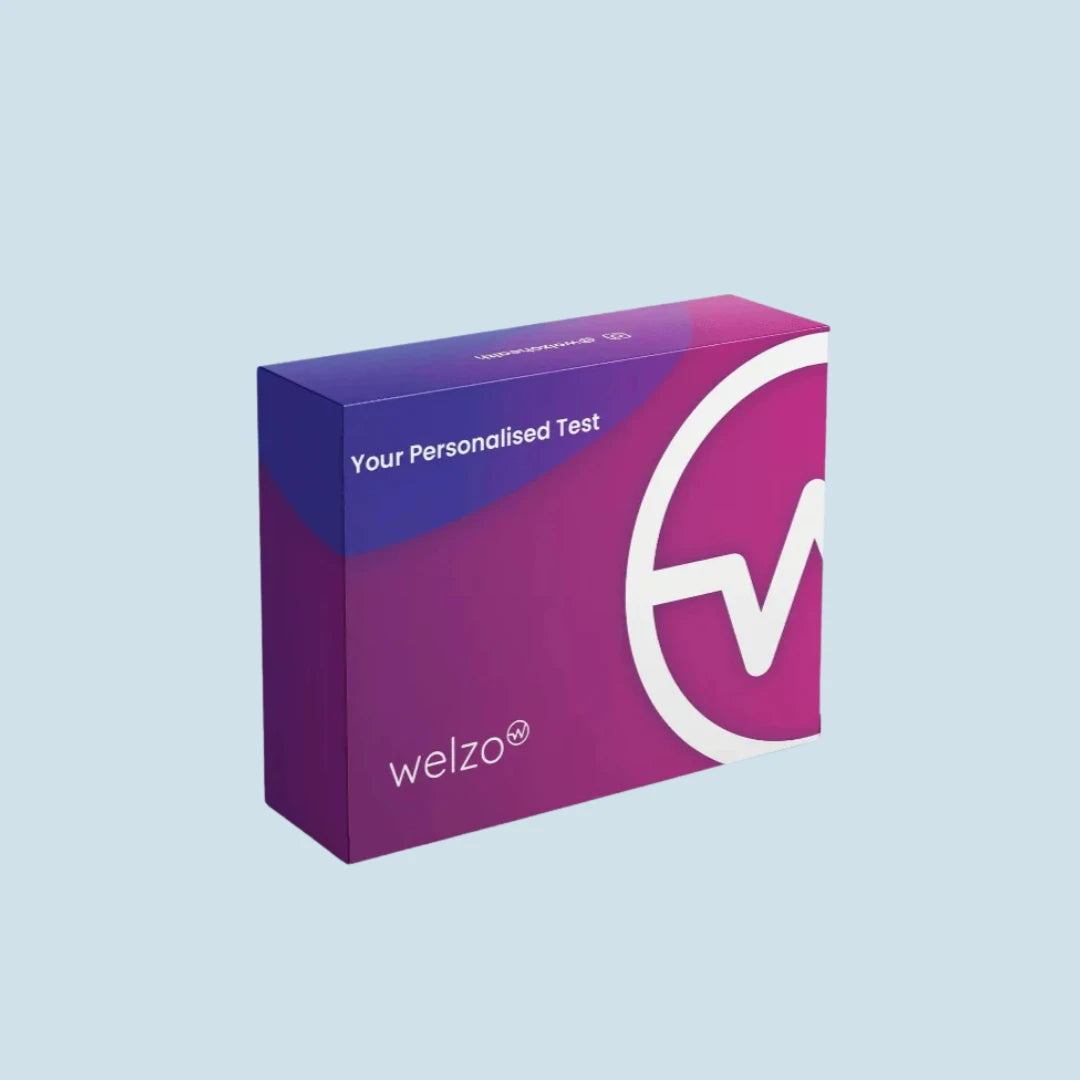
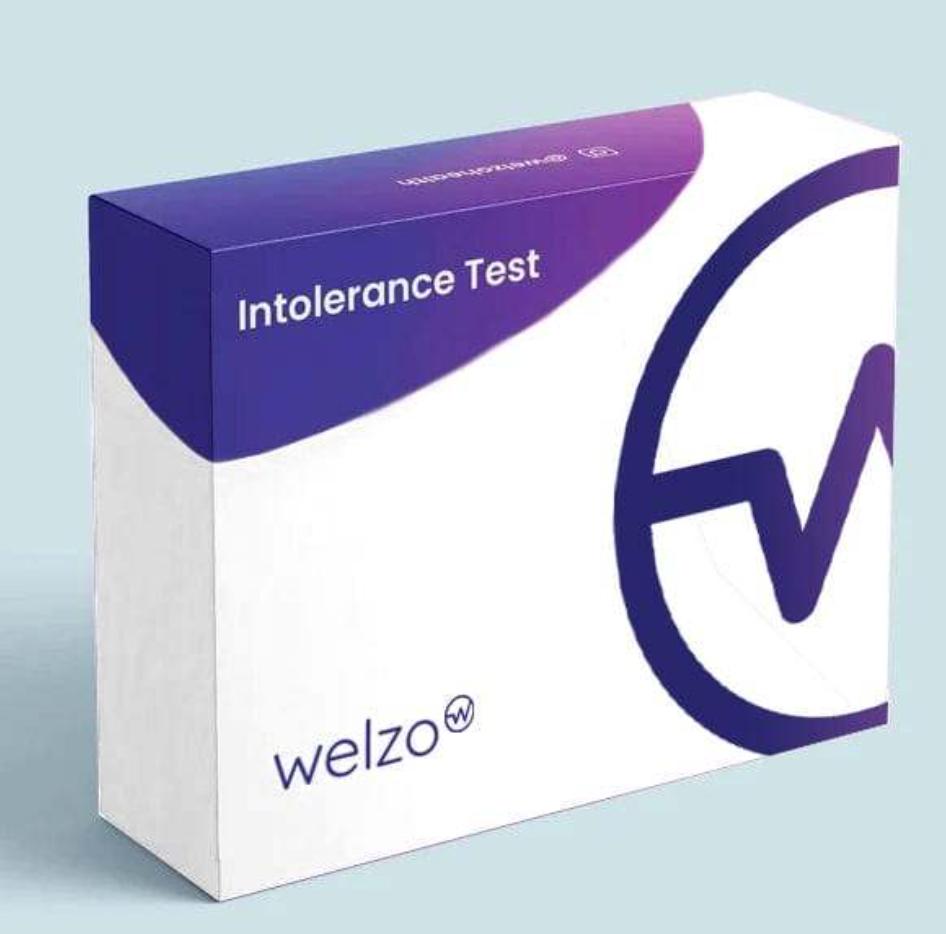












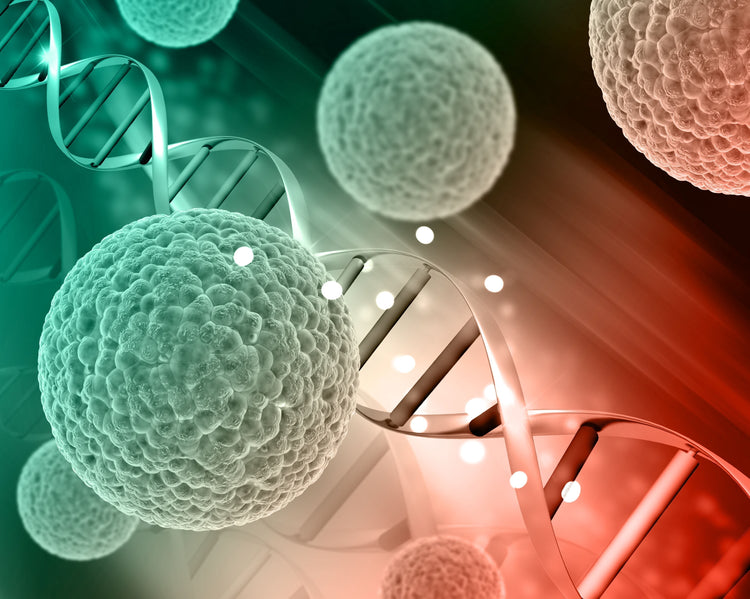


 Rated Excellent by 26,523+ Reviews
Rated Excellent by 26,523+ Reviews